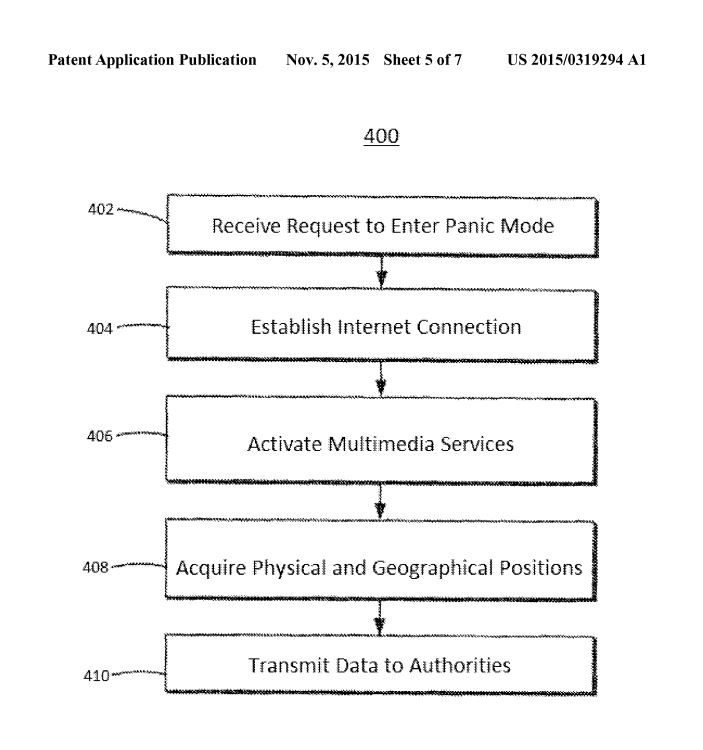Apple Touch-ID could get a "Panic Mode"
Owners of an Apple iPhone, iPad Pro, and other iOS devices that integrate Touch ID, could soon get access to what Apple describes as a “Panic Mode”, according to patent 20150319294, granted today by the US Patent and Trademark office.
The patent application will most likely be introduced as a software feature in iOS, without requiring modifications to the Touch-ID hardware.

Currently, Touch-ID is designed to unlock iOS devices completely, allowing whoever is operating the unlocked device, unrestricted access all content. According to the new patent, Apple is planning to let user record a specific set of fingerprints, or one particular print, which will unlock iOS devices in a “Panic Mode”. A typical scenario may involve the unlocking of a device, for the purpose of temporarily handing it to a third party. For example, when driving, a passenger may occasionally need to look up directions or information, on an iPhone or iPad, on behalf of the driver, in which case, once the iOS device is unlocked, all content within the device will be available to the passenger.
Don’t panic
Non-emergency scenarios involving the “Panic Mode” may allow users to set up one particular set of fingerprints to unlock a device with only a limited access to data and apps. For instance, the access could be limited to dialing a number, sending a text message, map directions, or browser the web using Safari, while access to photos, email and other sensitive information would be barred.
This new “Panic Mode” option, which for now exists only as a patent application, could soon open iOS to all sorts of unique applications. For instance, child-proofing will be a lot simpler, and no longer require separate Apple ID’s, or convoluted ways to set parental restrictions.
Other interesting applications could be in the workforce, when issuing company devices like iPad and iPhones to employees, who will be able to use their fingerprints to unlock devices in Panic Mode, for instance when the use of devices is restricted to demonstration purposes, as it often happens in retail store settings.
Ok, panic!
Delving further into the claims numbered 1 through 20, the patent introduced other use cases that may be useful in emergency situations, for instance, when unlocking the device in Panic Mode, the device will automatically send out a beacon signal, call an emergency number, send a text to a predefined number, and even take a picture, or record audio or video automatically and send it to a predefined number, or email.